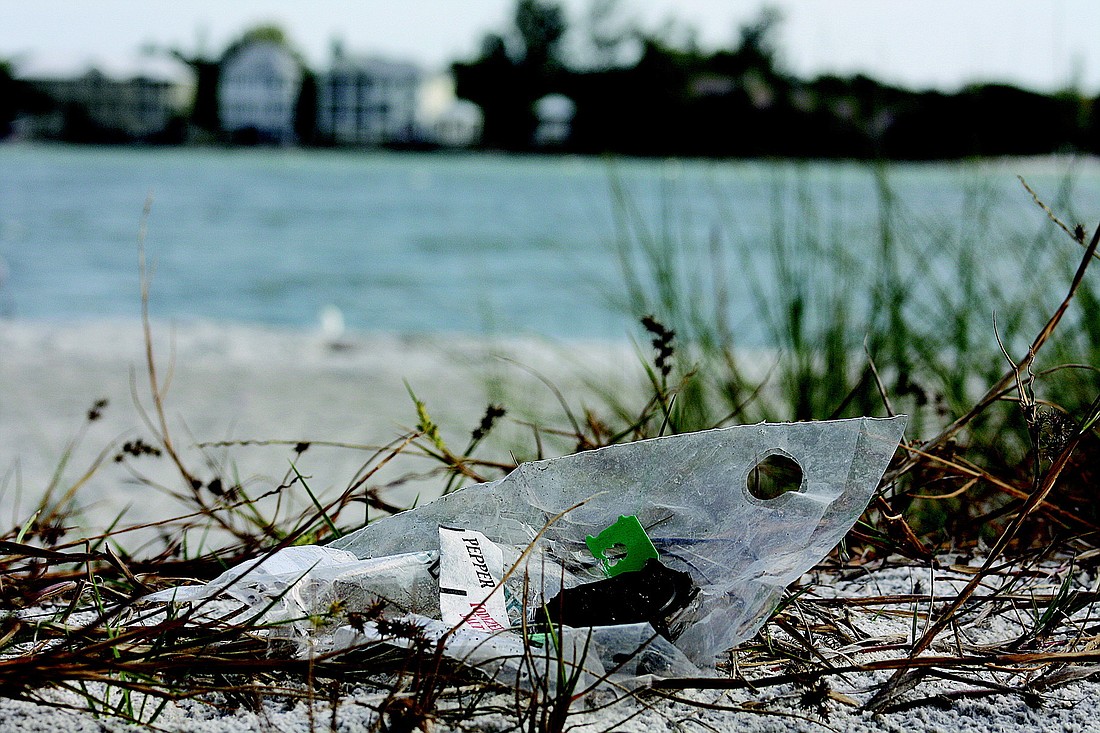- April 19, 2024
-
-
Loading

Loading

Guiding a group of at-risk children on a type of scared-straight tour through the county jail eight months ago, Sheriff Tom Knight stumbled across something unusual.
He recognized someone he knew in one of the cells.
“I asked him what he was there for, and it was for (a minor offense),” said Knight.
The sheriff doesn’t remember now what the crime was, but the man was sentenced to a weekend-only stay in the jail.
Weekend-only sentences have become more popular for offenders committing crimes such as driving with a suspended license, trespassing, DUI and marijuana possession.
In those cases, the judge wants to punish the defendant but doesn’t want to see him lose his job. So, the offender is able to go to work Monday through Friday and serve time from Friday night to Sunday for a few months.
But Knight was not a fan of the solution.
“That’s ridiculous,” Knight said. “It defeats the purpose of punishment and increases the workload on my employees and increases the jail population.”
Also, while the defendant is a jail inmate, the Sheriff’s Office has to feed him and provide medical attention, which sometimes includes a trip to the hospital, with corrections officers accompanying him to supervise — all at taxpayer expense.
Last year, 106 defendants were given weekend-only sentences. So far this year, that number has jumped to 134.
Knight wanted to find a better way.
“I have a problem with them coming to the jail and just sitting there, eating our food,” said the sheriff. “It tees me off when we have people committing crimes and then sitting around doing nothing.”
So, Knight met with 12th Circuit Chief Judge Lee Haworth and created the Defendant Work Program.
Instead of sitting in jail, the defendants are put to work, cleaning up litter and painting over graffiti around the county.
“What the heck, take them out to work in the heat, in the cold, in the rain — give back to the community,” Knight said.
But this program is different than a typical chain gang, for which the sheriff’s office would still have to clothe, feed and supervise the inmates with uniformed officers.
In the Defendant Work Program, the offender is never an official inmate, so while he picks up trash, he wears his own clothes and brings his own food and water.
The program began Oct. 1, with an annual budget of $140,000, including a van and two civilian employees to supervise the workers. Civilian employees have lower salaries than sworn officers, so they are a key component to the program.
Knight asked County Administrator Jim Ley to give him a year trial-run to see how the program worked. If it is successful, then more equipment, such as pressure washers, could be purchased, so the offenders do additional kinds of community work.
But, for the idea to be successful, Knight knew the judges would have to buy into it, because they would be sentencing offenders to serve in the program.
Haworth buys in.
“This is more of a deterrent (than jail), because of the public embarrassment,” he said.
Deterrence is just one of the reasons the chief judge likes the program. He also believes it benefits the county, because the offenders are doing work that taxpayers would have to fund through county contracts.
One of the models for the Defendant Work Program is the Desoto Work Program.
Desoto County’s program has been in effect for 13 years.
“(Defendants) find it much preferable to jail,” said Doug Mann, director of Desoto County probation.
And Mann says the work program has reduced recidivism.
“Once they do (the program), they definitely don’t want to come back,” said Mann.
Desoto created the work program to reduce its jail population. Before the program began in 1997, Desoto County’s jail population was as high as 260. As of Nov. 29, it was 150.
“The jail population is as low as it’s been in years,” said Mann.
Knight hopes the same effect will be seen in Sarasota County.
Before he took office in 2008, the jail population hovered between 1,000 and 1,100. On Nov. 23, it was 960.
Said Haworth: “(Offenders) can’t be thumbing their nose and saying, ‘I served my three days,’ and then going home.”
From Oct. 25 to Nov. 17, the 22 offenders sentenced to the Defendant Work Program picked up 98 bags of trash at 32 locations throughout the county. To view a breakdown of the litter picked up, click here.
BOX
By the Numbers
22 — people currently sentenced to the Defendant Work Program
106 — sentenced to weekend-only jail terms in 2009
134 — sentenced to weekend-only jail terms in 2010
Contact Robin Roy at [email protected]